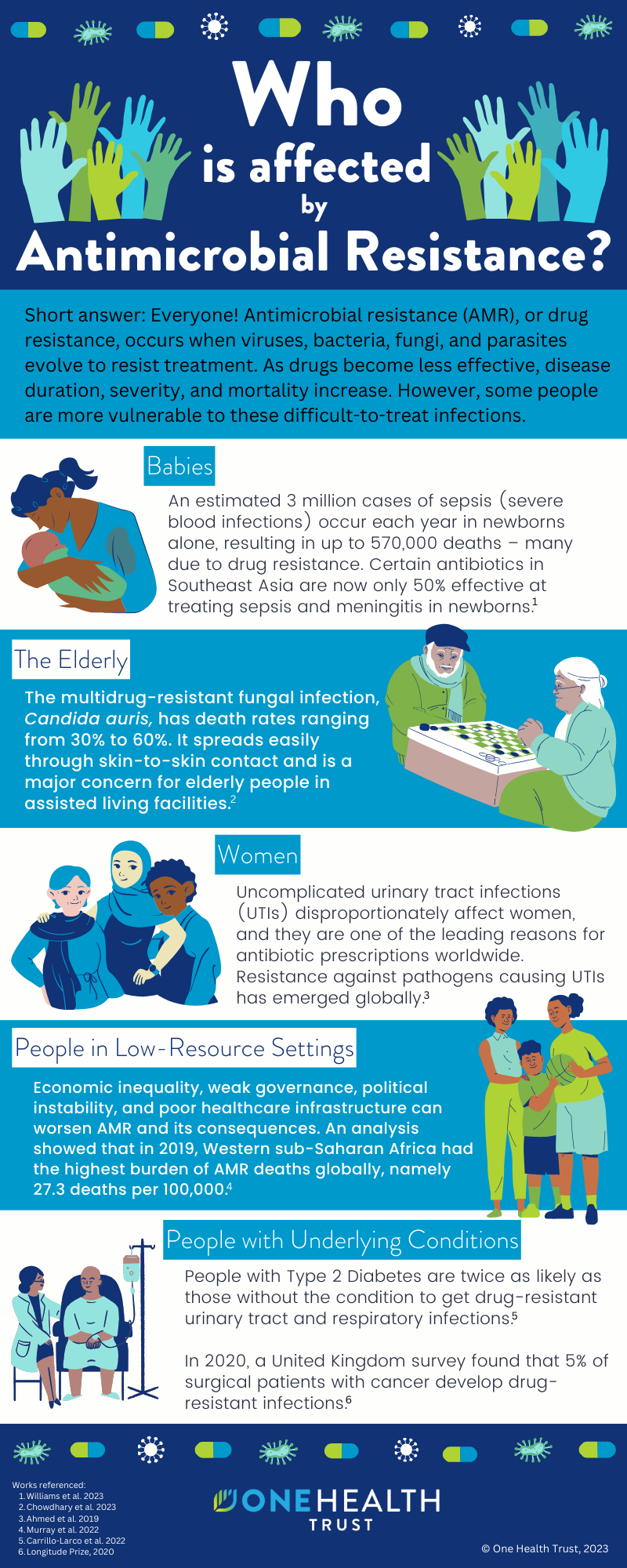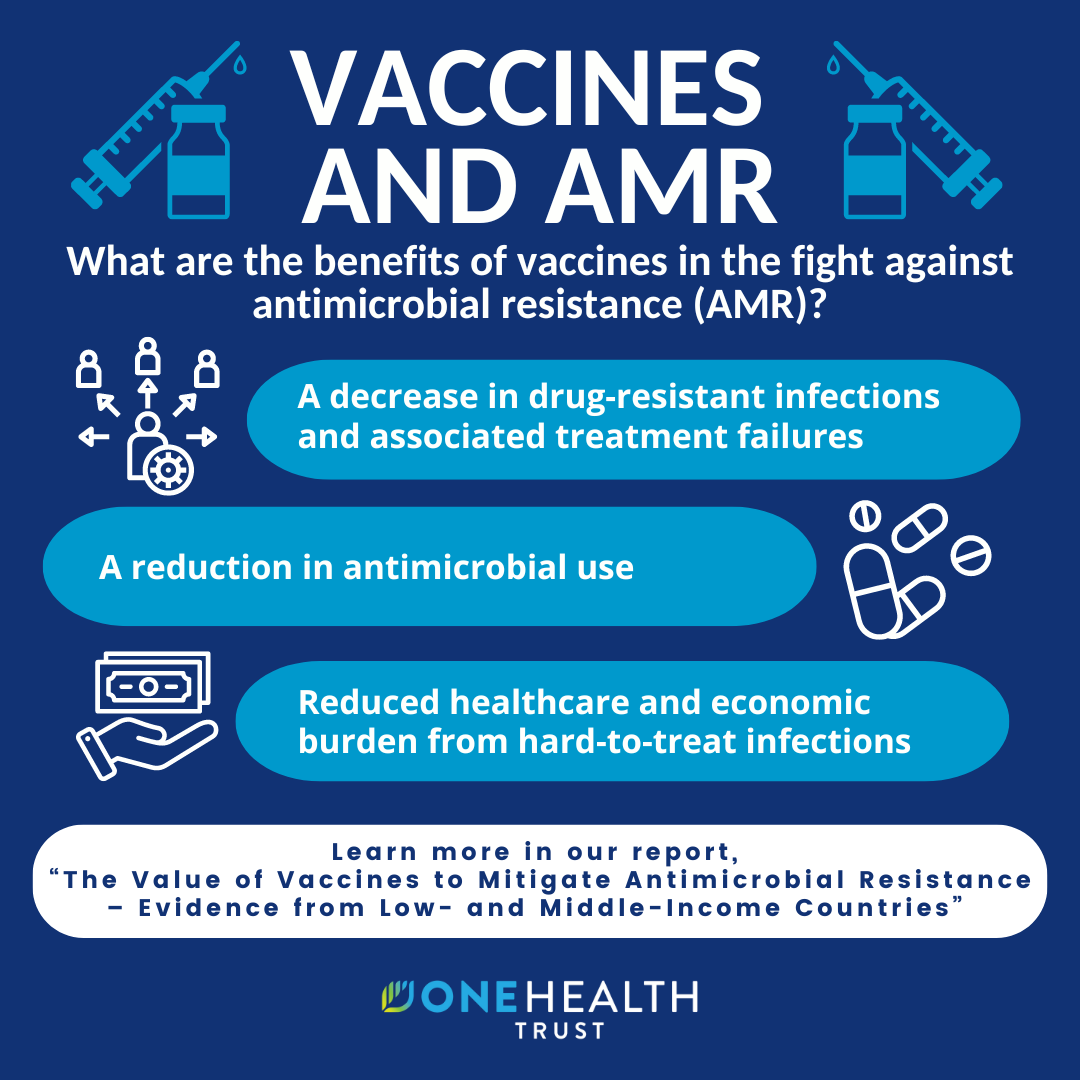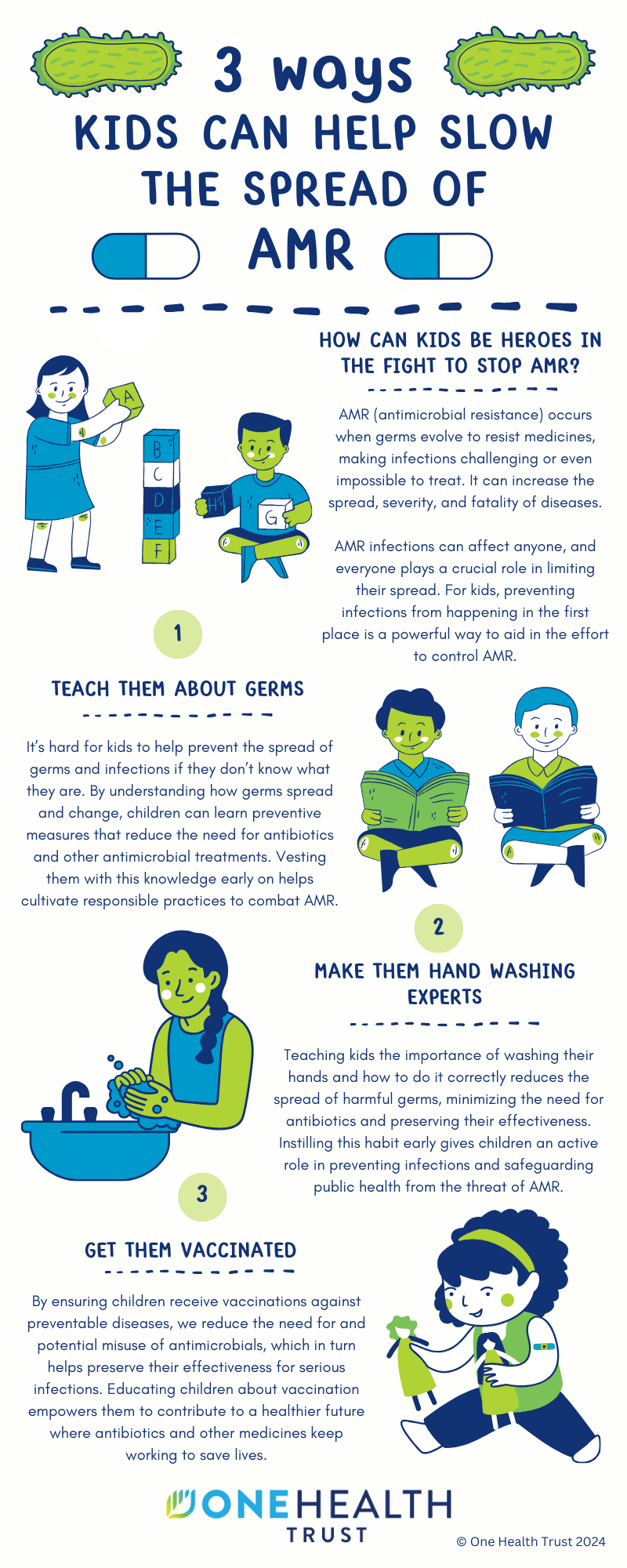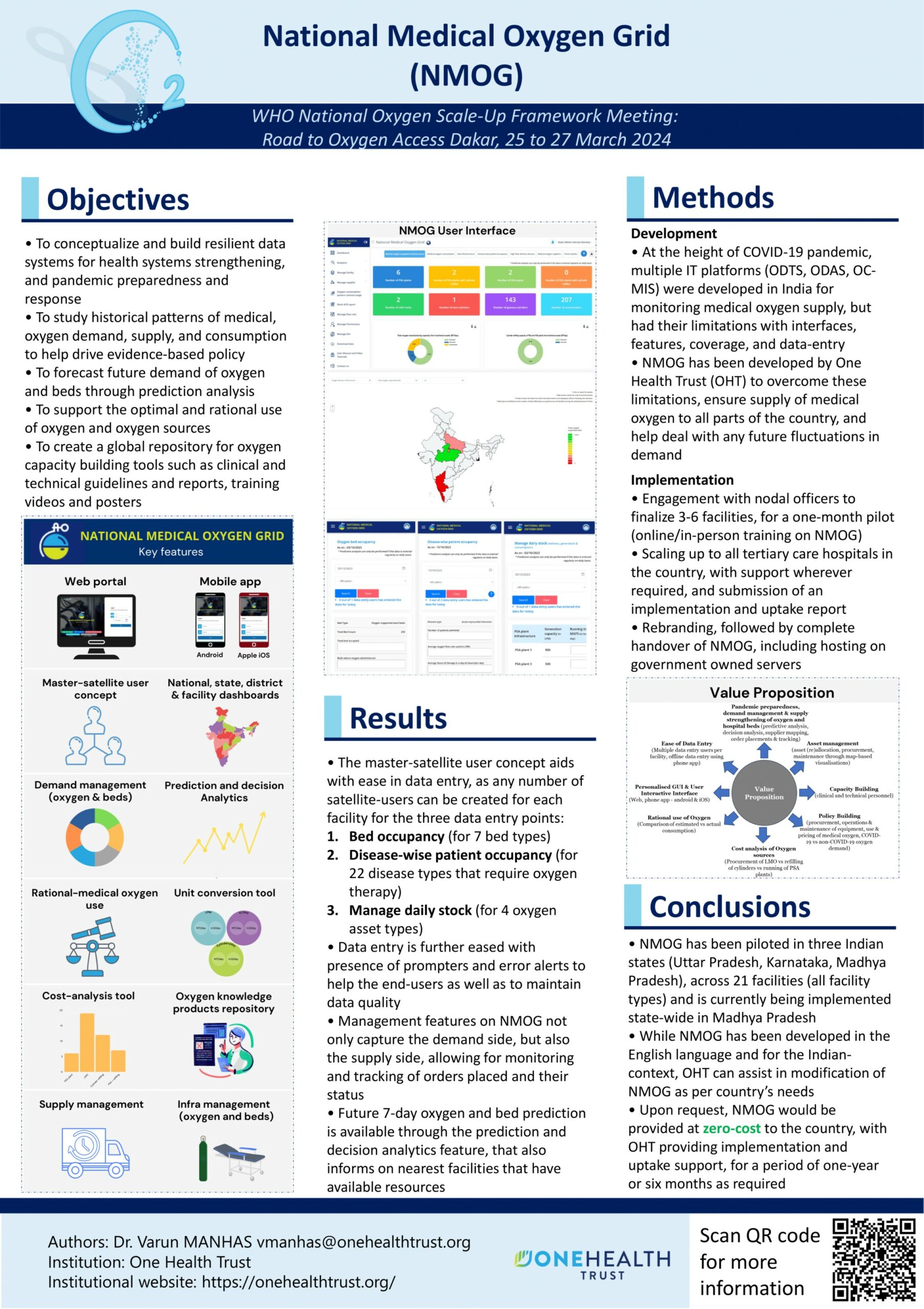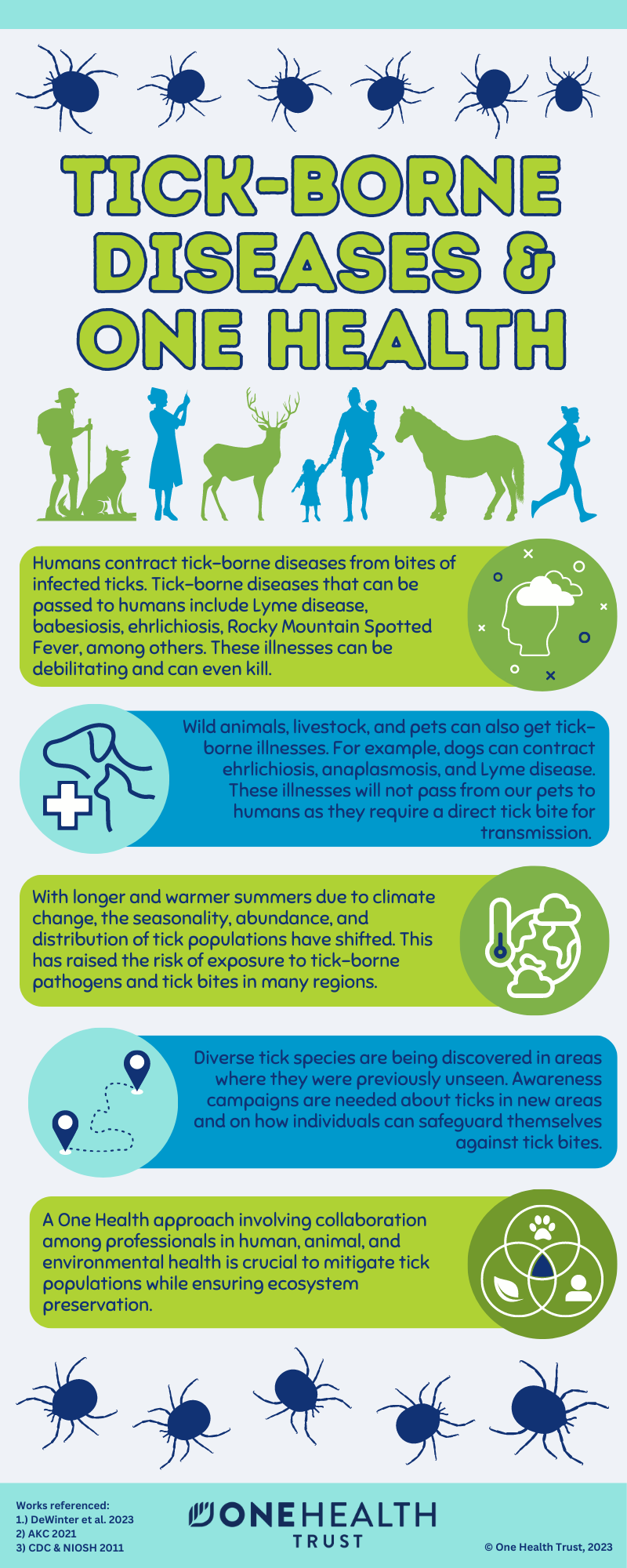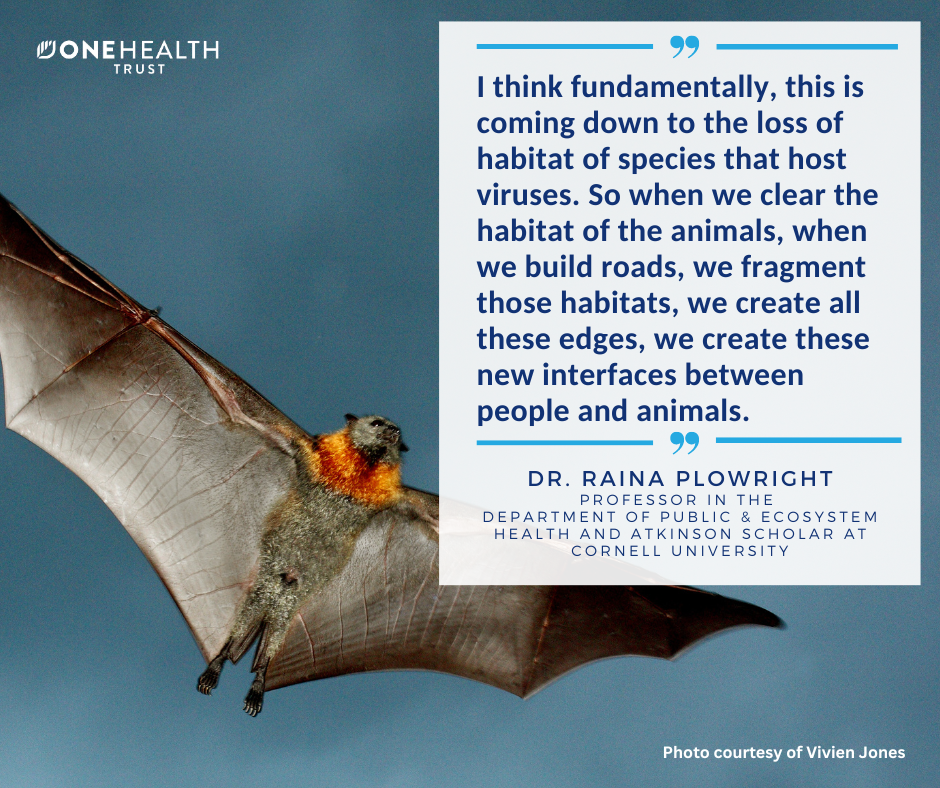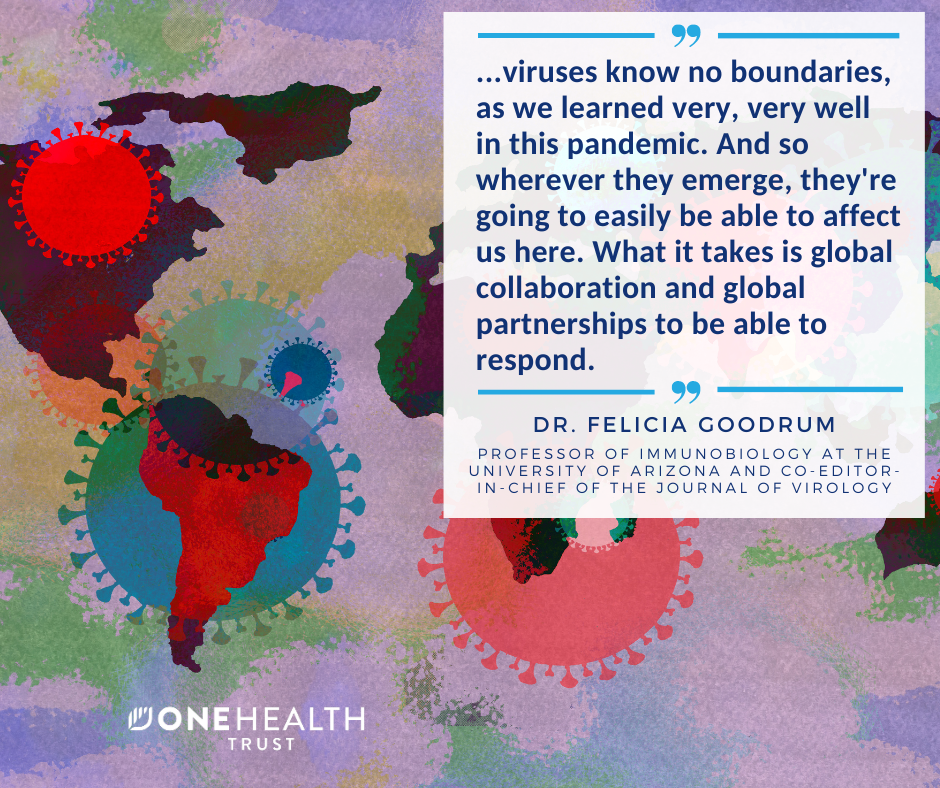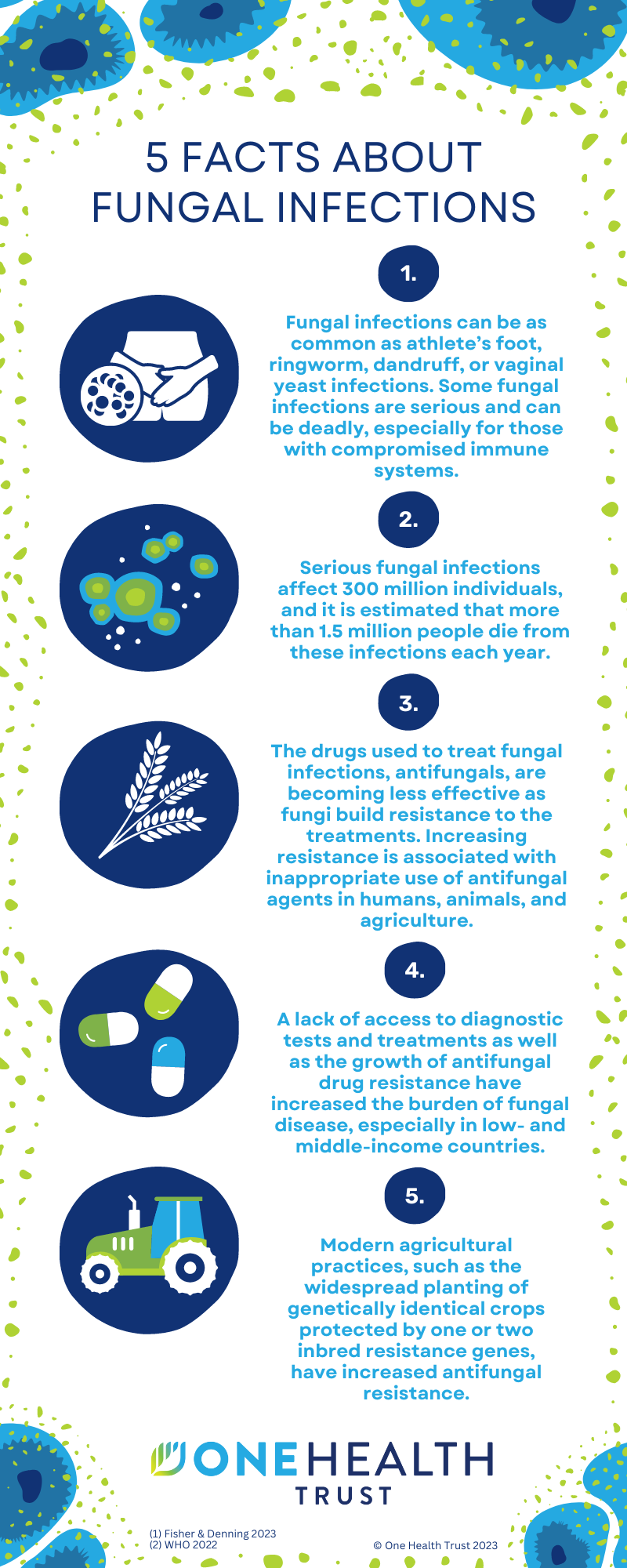
September 01, 2022
Wastewater surveillance is a community-level approach to testing pathogens and chemicals entering sewer systems through human waste. It can provide unobtrusive, ongoing surveillance for diseases that complements clinical surveillance, especially when infections spread silently. Early detection of pathogens in wastewater can alert public health officials to take precautionary actions for disease mitigation.
What are some of the pathogens wastewater surveillance is used to detect?
Poliovirus
In the 1940s, epidemiologists began to use wastewater to track and contain polio outbreaks in the United States. While wastewater epidemiology has evolved drastically since its origins, it remains vital to finding often asymptomatic cases of the previously considered eradicated disease. Scientists detected Poliovirus in wastewater in New York, USA, and London, UK in 2022.
SARS-CoV-2
testing untreated wastewater for fragments of non-infective SARS-CoV-2 RNA. These RNA fragments are found in the feces of individuals infected with the virus regardless of health status.
Unlike other types of COVID-19 surveillance, wastewater surveillance is not dependent on individuals having access to healthcare, people seeking healthcare when sick, or the availability of COVID-19 testing. For COVID-19, an ongoing and rapidly evolving pandemic, wastewater surveillance can inform public health officials by detecting the presence or absence of the virus in a community and the emergence and transmission of new variants.
Antimicrobial Resistance (AMR)
AMR microbes, which endanger the efficacy of antibiotics and other drugs, are a significant threat to global health. AMR surveillance is vital to comprehend trends, monitor interventions, and establish empiric treatment guidelines. Wastewater surveillance is a promising method to sample AMR burden among large, diverse populations. Wastewater-based studies have explored seasonal and geographic AMR distributions, quantified global AMR gene abundance, and determined associations between AMR in wastewater and clinical samples, among other related issues.

